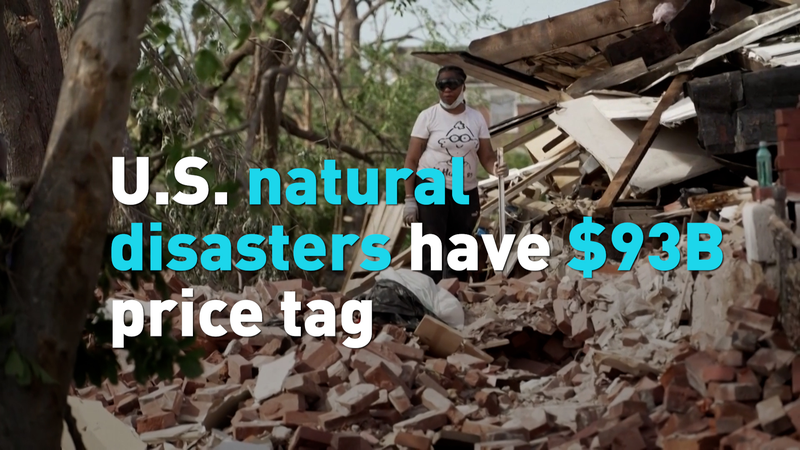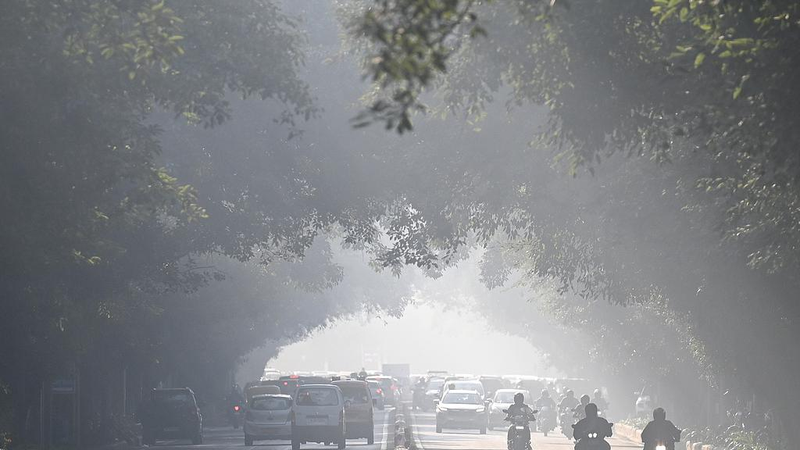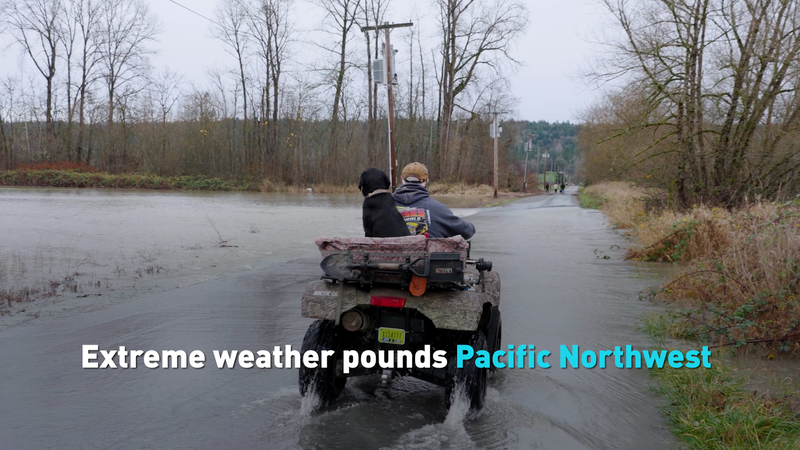At just six months into 2025, the U.S. has already racked up more than $93 billion in weather disasters, edging this year toward record-breaking territory.
In California, unprecedented wildfires have charred millions of acres, propelled by parched forests and lingering droughts. Meanwhile, tornado outbreaks in Missouri displaced communities and shredded homes, driving recovery costs into the tens of billions.
What’s driving these soaring losses? Climate experts point to rising temperatures, shifting weather patterns and urban sprawl into vulnerable areas. "When you combine more people living in high-risk zones with more extreme weather, bills go up fast," says a Miami-based risk analyst.
And it’s not over yet. Peak hurricane season—running from June through November—still looms, with forecasters warning of an above-average number of storms this year. Even a single major hurricane landfall could push costs well past the $100 billion mark.
For business leaders, young professionals and digital nomads weighing relocation, these trends underscore the importance of resilient planning—whether it’s backing up data in the cloud, building to higher safety codes or diversifying portfolios across regions.
Sports arenas and music festivals are also adapting, with insurers reworking policies and organizers investing in stronger emergency protocols. Across the board, one thing is clear: the cost of extreme weather is reshaping decisions at every level, from household budgets to global investment strategies.
As 2025 unfolds, the question is no longer if the year will break records, but how communities, industries and governments will respond to this new climatic reality.
Reference(s):
cgtn.com




